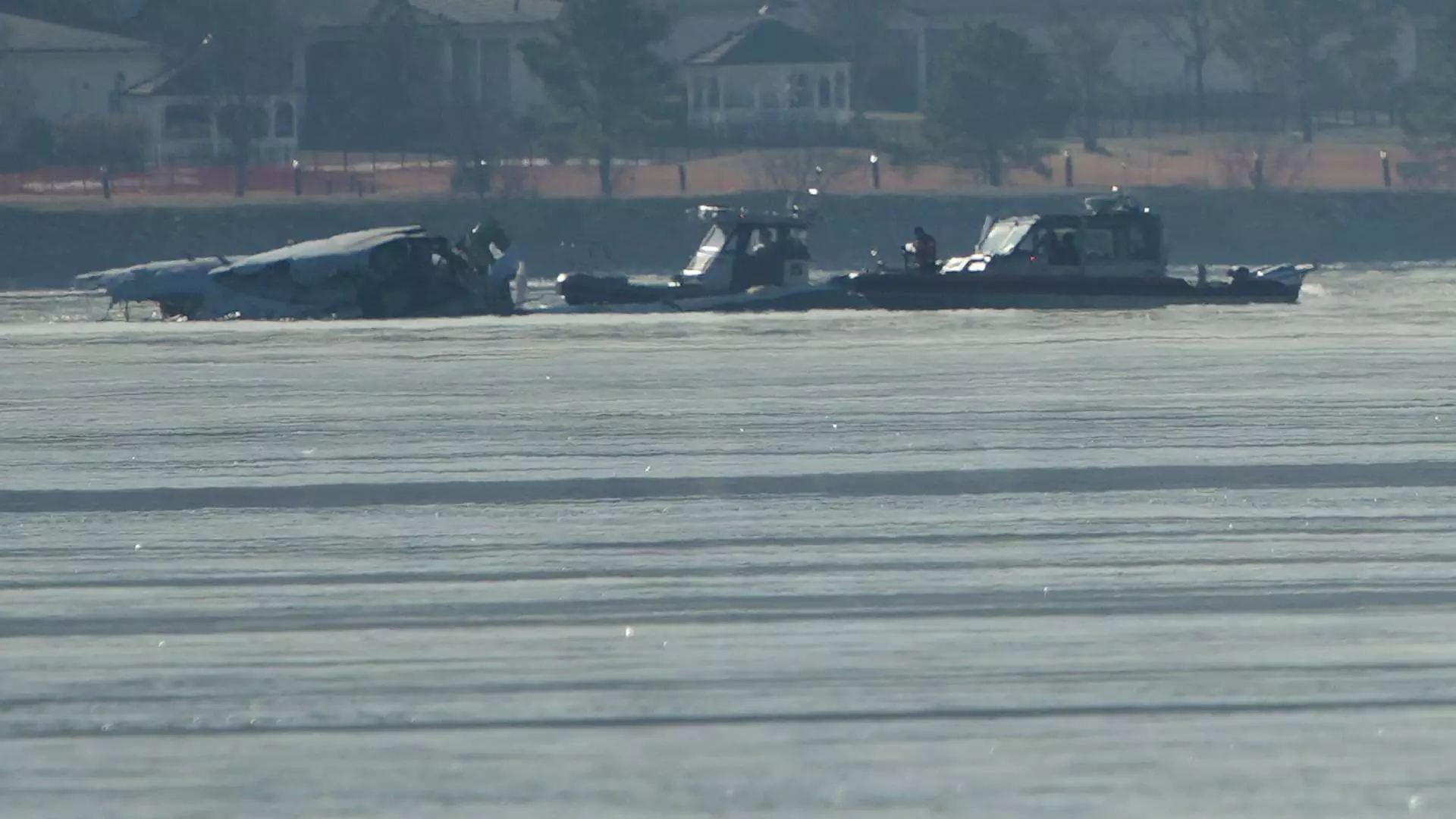On a seemingly ordinary Wednesday near Washington, D.C., tragedy struck as an American Airlines regional jet and an Army Black Hawk helicopter collided just before 9 p.m. ET. The outcome was devastating: the accident resulted in the loss of all lives on board both aircraft—a total of 63 individuals, including 60 passengers and four crew members on the Bombardier CRJ700, as well as three personnel in the helicopter. This catastrophic incident marks a chilling reminder of the vulnerabilities of air travel, particularly at a time when airspace congestion has emerged as a critical concern for both regulators and airlines.
The collision has not only rekindled fears about air travel safety but has also spotlighted ongoing issues surrounding air traffic management in the United States. Despite a long period without a major fatal commercial air crash since February 2009, the recent events illustrate how dangerously close the U.S. aviation system is to crisis. Alarmingly, close calls have become commonplace, drawing scrutiny towards existing operational protocols. An incident from this past April, when a JetBlue Airways flight nearly collided with a Southwest Airlines aircraft at Reagan National Airport, emphasizes the precarious nature of air travel safety. Reports indicate that the JetBlue plane initiated takeoff just a few hundred feet from the other aircraft, intensifying calls for an assessment of air traffic control effectiveness.
In the aftermath of this tragic incident, calls for comprehensive reforms in air traffic control are echoing through the corridors of government and the halls of corporate aviation giants. Experts and industry leaders argue that the infrastructure governing U.S. airspace has lagged behind for decades and demands modernization. Southwest Airlines CEO Bob Jordan voiced this concern during an interview, underscoring that the current system, while deemed safe, lacks the necessary updates to effectively manage the growing volume of air traffic, particularly around high-density airports like Ronald Reagan Washington National Airport.
As authorities work meticulously through the details of the investigation—most of which could take several months to complete—there is a palpable urgency for change in the aviation sector. Airlines, regulators, and lawmakers alike must grapple with the implications of this collision, not only in terms of immediate safety improvements but also regarding broader governance of air traffic management systems.
While a conclusive assessment remains pending, the collision serves as a stark reminder of the delicate nature of aviation safety. Key stakeholders must prioritize the modernization of air traffic systems to enhance transparency and mitigate the risk of future incidents. The legacy of this tragic event should not simply be counted in lives lost but as a catalyst for meaningful change that protects those who take to the skies for travel, work, or leisure.

